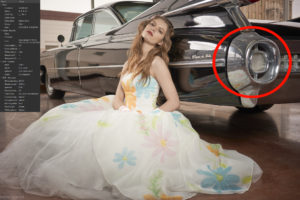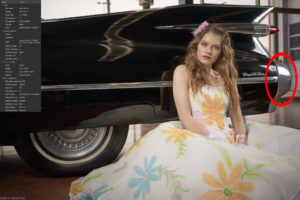There is no such thing as a “portrait lens.” Now, before you call me crazy, let’s geek out for a minute and examine this. This may end up being a lengthy post, but stick with me and I hope you get some value out of it.
So, here’s the low down. I used to call certain lenses by the same label. It wasn’t until I met master photographer, David Marr, who clarified this misconception. David was a direct student under the world-famous Ansel Adams and has over 40 years of photography experience. His depth of knowledge is encyclopedic! It’s my hope to pass this knowledge on to others, if it helps them on their journey. So, let’s take on the myth of the “portrait lens.”
“Portrait Lens“
“Everyone knows that 85mm and 105mm are two of the most popular focal lengths for portraits! So, of course, they must be portrait lenses!” Wrong! Granted they’re excellent for most portraiture, but not all.
Let’s first review focal length because this is relevant to the subject. So, stay awake! Different focal lengths give unique characteristics to the image. For example, a 35mm focal length will create a certain look, while an 85mm focal length will create a different look. We’ll see the differences here in a bit. Let’s check out the characteristics of wide focal length lenses first.
Wide Angle Lenses
Wide angle lenses have a wider field of view and exaggerate the foreground. In other words, wide angle lenses open up the view in all directions. They also make the background appear further than it is. Here’s an example using a wide angle 35mm f/2.8 lens:
Can you use wider focal lengths, such as 28mm and 35mm for portraits? Of course! You see an example above! But you need to know how to do so without distorting the portrait in an unflattering way. What do I mean by “distortion”? Well, I’m glad you asked kids!
Check out the two examples below. I shot them both a minute apart on the same Sony A7RII camera body using the same Sony Zeiss FE 35mm f/2.8 lens. The settings were ISO 50, f/2.8 aperture and 1/160 sec. shutter speed. Makyley did not move from her spot. The camera settings and external light placement and settings were also identical. These images are not cropped. I also edited them the same way in Capture One Pro 12. Here is the first image:
Notice how the taillight of the Coupe DeVille is much larger than Makyley’s face. Is this an ad for a Coupe DeVille taillight, or an authentic vintage dress? This is what I mean by distortion caused by wider focal lengths. The closer you place an element to the edge of the frame, the more distortion you will see in that element.
To fix the issue of distortion, move your feet! Reposition yourself or the elements in the frame, so that you reduce the amount of distortion. In the shot below, I moved to my left and took another photo. This time, there’s hardly any distortion and it is more clear what the photo is about.
So, yes! You can use wider focal lengths for portraiture. Does this make the 35mm focal length a “portrait lens?” Yes, and no. If I were to take a portrait of Jay Leno, then using a wider focal length would make his chin look like a battleship! Instead, I would use a longer focal length to compress features. So, focal length is context specific, not “portrait” specific!
High fashion sometimes uses wide angle lenses, along with experimental portraiture. The most common uses for wide angle lenses is product photography. Think of ads for shoes. They sometimes feature a humongous shoe that takes up the whole bottom part of the ad with a tiny human head towards the top. That shoe is not that big in real life, compared to the other human features. But, the ad commands immediate attention to the product because the photographer knew how to emphasize it with a wide angle lens. So, if you want to emphasize certain features or create a unique look or angle, then choose a wide angle lens for the job.
I love creating landscape/portraiture hybrids! So, I often shoot with a 28-75mm variable focal length lens. It gives the photo a sense of vast expanse and timelessness. Now, how about telephoto lenses? These are lenses with focal lengths larger than 50mm on a full frame camera body.
Telephoto Lenses
Telephoto lenses de-emphasize the foreground and compress the foreground and background. They also narrow the field of view. This of it like squeezing an accordion. Telephoto lenses makes the background appear much closer. Here is an example of an image using a telephoto 85mm lens. Notice how the background appears so much closer than it is.
Conclusion: Based on what we now know, what would be your answer to “Which focal length ‘portrait lens’ should I get/use?” Mine would be, “Whichever focal length makes your subject look great for its context!” You can use wide angle lenses to incorporate more of the background in a portrait. Or use it to emphasize foreground content. Keep in mind where you place your subject. You don’t want to distort them. Use telephoto focal lengths to compress the foreground and background. Try wide, normal and telephoto focal lengths on your subjects and see which works best for their features. If the normal 50mm focal length makes your subject look their best, then use that! If it’s 200mm, then go with that focal length! There is no such thing as a “portrait lens,” remember? 😉
Of course, someone will ask, “Am I supposed to carry hundreds of lenses in my camera bag, then?” No, silly! There’s no room of hundreds of lenses in your camera bag! “Then I’ll get a ‘zoom lens’ and be able to ‘zoom’ in and out as much as I want!” [Facepalm!] If only it were that easy, friends! Check out next week’s blog titled, “There Is No Such Thing As a Zoom Lens!”
Blog question: What did you find most insightful in this post? Leave a comment below! Feel free to ask any questions. Stay tuned for next week’s blog post!




